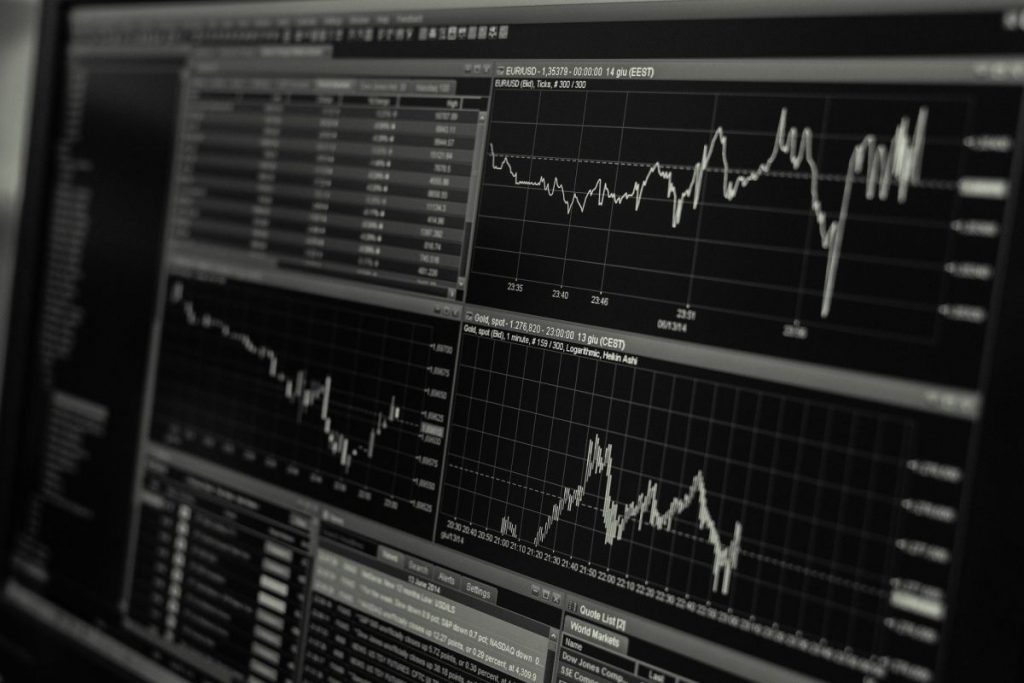Businessmen need to take hundreds of factors into account before they can make business decisions. Missing out a significant factor from the analysis could prove to be devastating because the same factor you have neglected could make the biggest impact in changing the whole scenario. You will have to take every step by looking at the indicators or otherwise you will get into trouble. Some of the most common indicators used to measure money flow are as follows:
Money Flow Index
Money flow index takes both price and volume into account. In MFI, money flow is positive when buying pressure rises and is on the negative side when selling pressure falls. The ratio of negative to positive value is calculated with respect to time period, i.e. on a yearly basis, using a formula. The money flow index ranges from 0 to 100. MFI is more efficient when it comes to finding out about price boundaries and identifying sudden trend changes and opposite price movements.
Money flow is positive when typical price rises from one period to the next period and it is negative when typical price comes down from one period to another. The money flow index is treated in the same way as RSI. Volume sets both of them apart. The MFI leads prices and with addition of volume, lead time increases. Analysts can easily view the overbought and oversold levels to tell you price boundaries and high and low trends can be used to predict reversals. An MFI value higher than 80 is considered overbought and MFI value below 20 is considered oversold.
You should not rely on MFI as a sole indicator and make decisions based only on the results MFI gives you. It is highly recommended you take multiple indicators into account and use a hybrid approach than only relying on any one indicator. Looking at the situation from different perspective (indicators) will put you in a better position to make the right decision especially when it is about your business and money.
Relative Strength Index
Another momentum metrics used to measure the fluctuations in price movements and speed at which it changes. Similar to MFI, RSI also has the range from 0 to 100. A value higher than 70 is taken as overbought and a value below 30 is considered oversold. RSI are best if you want to know about the general trend in the market. It uses similar techniques to exponential moving averages to calculate the value. The accuracy of value increases over a longer period of time.
The default period value is 14 but it can be increased to decrease sensitivity or brought down to boost sensitivity. The overbought and oversold criteria can also be readjusted by looking at the analytical requirements. Divergence could mislead you if you are looking at the strong trend. Failure swings accurately predicts imminent reversal and are independent of price action. It takes signals from RSI and doesn’t take divergence into consideration.
On Balance Volume
On balance volume treats buying and selling pressures cumulatively unlike other indicators which consider them independently. It includes volume on up days and excludes volume on down days. It is one of the oldest indicators used for measuring positive and negative volume flow. Want to confirm price trends or want to predict price movements? Use on balance volume for such situations. The value of OBV increases when volume on up days surpasses volume on down days. The value decreases when volume on down days is higher than that on up days.
Increasing value of OBV indicates positive volume pressure that results in higher prices. Declining value of OBV shows negative volume pressure that can result in lower prices. You must pay more attention to characteristics of OBV line. OBV value is normally based on closing prices. Analyze closing prices when finding support or resistance breaks or divergences. Rise in volume will also cause an extreme move which will take some time to settle and come back to normal.
The bottom-line is that most indicators work well in specific situations, so it is better to use a combination of these indicators to make the right decisions.
